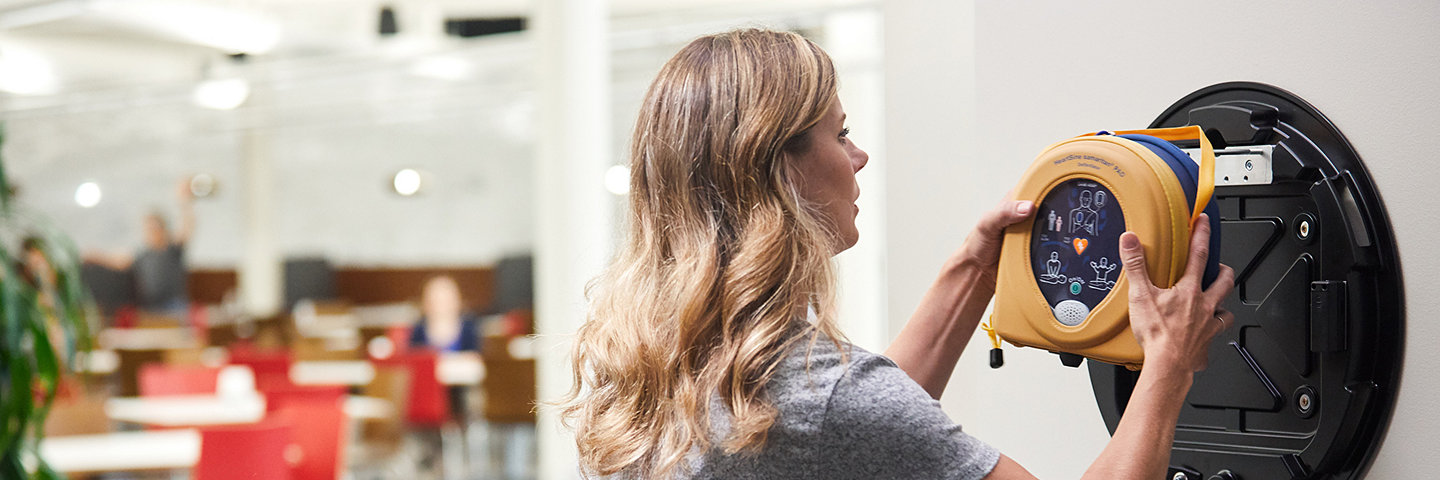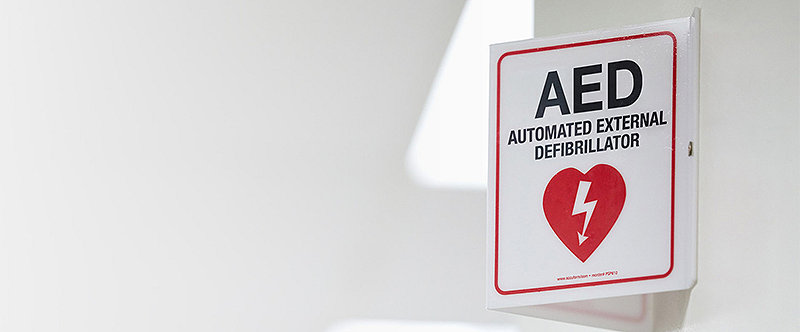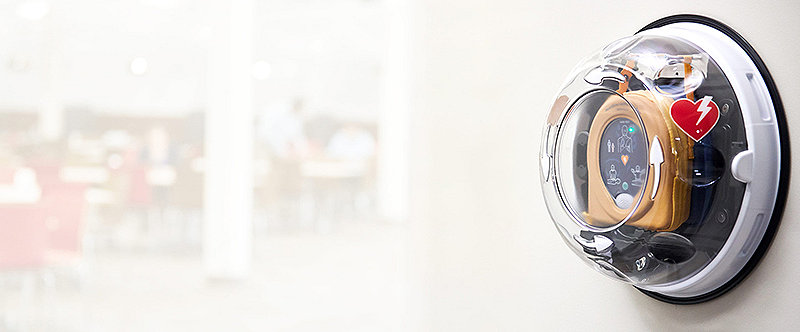02-Jun-2022
Heart attack and sudden cardiac arrest (SCA) are very different events, requiring unique responses in an emergency.
According to the World Health Organization, the leading cause of death globally is cardiovascular disease (CVD).1 It represents 32% of all deaths (~17.9 million people) globally.1 A more shocking statistic is that 85% of those deaths were due to two preventable conditions; heart attack and strokes.2 A heart attack occurs when there is a partial or complete lack of oxygenated blood flow to the heart causing chest pain, left jaw, shoulder, or arm pain, shortness of breath, nausea, vomiting, and sweating for the victim. However, these symptoms are not conclusive and can vary among individuals. The victim usually remains awake and can talk with those trying to offer help.
When actors on television yell phrases like 'Code Blue!', 'Get the crash cart!', 'We need to shock him!' or 'Clear!', they're referring to treating a victim of sudden cardiac arrest.
Unlike a heart attack, sometimes there is little warning before a sudden cardiac arrest. During SCA, the victim's heart has a lethal abnormal heart rhythm causing the victim to lose consciousness. This sudden loss of functionality in the heart stops blood pumping to the rest of the body, with death occurring in 90 percent of victims.2 To address SCA for shockable rhythms, the patient’s heart needs immediate treatment with an automated external defibrillator (AED) to restart the electrical system.

The role of defibrillation for shockable rhythms during sudden cardiac arrest is critical in increasing a victim’s chances of survival from sudden cardiac arrest. The first step, however, is to call 911. Then, immediately begin CPR. Using an AED in tandem with CPR within a few minutes of the event is crucial to increase chances of survival. In fact, a cardiac arrest victim's chance of survival decreases by 10 percent for every minute without defibrillation for shockable rhythms.3
An AED automatically analyzes the heart rhythm and, when appropriate, delivers an electric shock. AEDs use a moderately high voltage to pass an electric current through the victim's heart. The heart receives anywhere from 100 to 360 joules of electrical energy depending on the AED used. Defibrillation to a heart experiencing SCA briefly stops all electrical activity in the heart. This brief break from the previous electrical chaos (i.e., ventricular fibrillation) can be enough for the heart to restart with a normal rhythm.
Operating an AED during an emergency can be stressful. Fortunately, public access defibrillators (PADs) like the LIFEPAK CR2 AED and the HeartSine samaritan PAD 450P are designed to be as user-friendly as possible. With clear images and voice prompts on some models, Stryker’s AEDs are programmed to tell rescuers exactly what to do and where to place the electrode pads using voice and visual prompts. Through these electrodes, the AED will automatically analyze the electrical activity of the heart to determine if a shockable rhythm is present. If the AED determines the person's heart needs a shock, it instructs rescuers to stand back so a shock can be safely given through the electrode pads on the chest. Some AED models will tell the user to 'stand clear' of the victim and then push a button to shock, while others are fully automatic and will deliver a shock after giving rescuers a 'stand clear' warning.
Fast access to an AED enables bystanders to become lifesavers. Not everyone can be saved from SCA, even with defibrillation. But early defibrillation provides the best chance for survival, especially when delivered within three to five minutes of collapse.
References
1. World Health Organization. (2021, June 11). Cardiovascular diseases (cvds). World Health Organization. Retrieved September 15, 2021, from https://www.who.int/en/news-room/fact-sheets/detail/cardiovascular-diseases-(cvds).
2. Waldmann V, Jouven X, Narayanan K, Piot O, Chugh S, Albert C and Marijon E (2020) Association Between Atrial Fibrillation and Sudden Cardiac Death, Circulation Research, 127:2, (301-309), Online publication date:
3-Jul-2020. https://www.ahajournals.org/doi/abs/10.1161/CIR.00000000000005583. Cummins RO. From concept to standard-of-care? Review of the clinical experience with automated external defibrillators. Ann Emerg Med. 1989 Dec;18(12):1269-75. doi: 10.1016/s0196-0644(89)80257-4. PMID: 2686497.
GDR 3347578_A
COMM-GSNPS-SYK-804386



